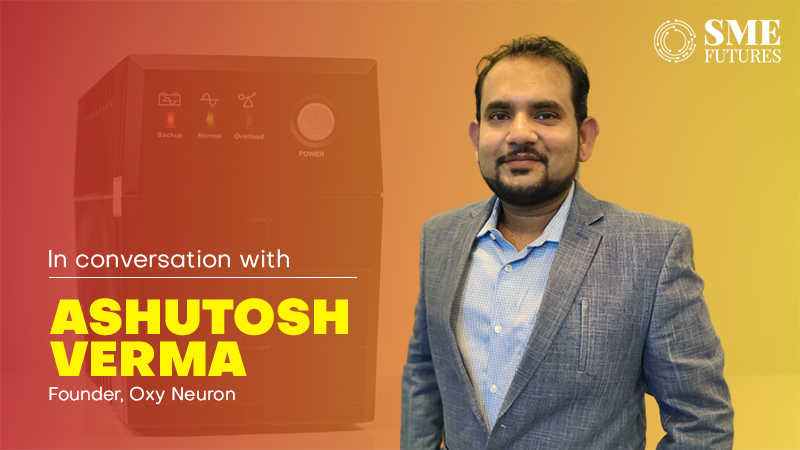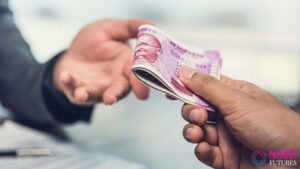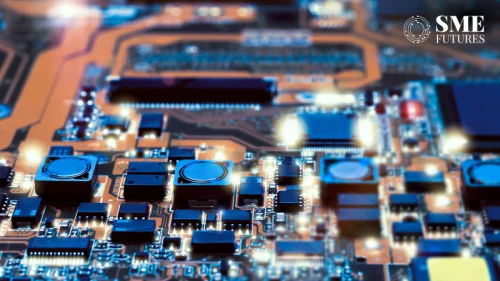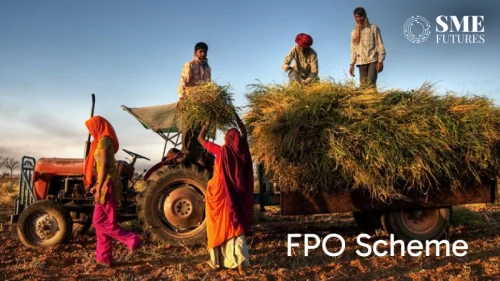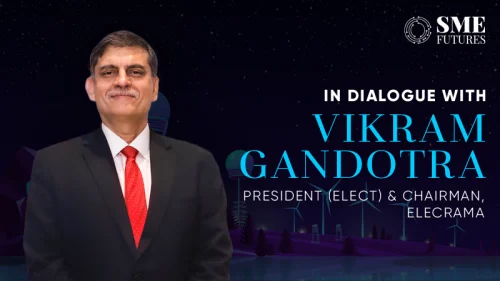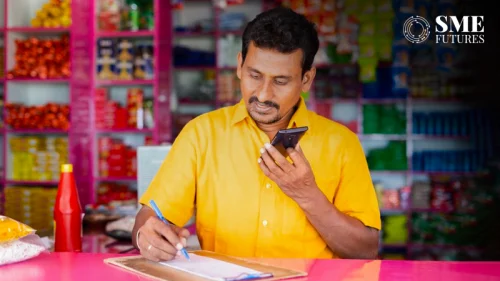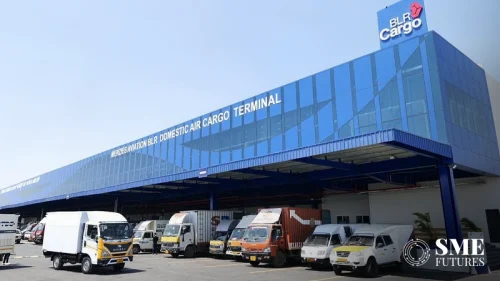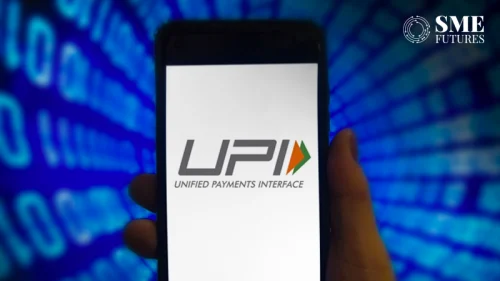Innovation is the name of the game. Oxy Neuron realises this and has made several discoveries that are groundbreaking. From clean energy technologies and robotics to AI and medical products as well as machines that are novel and indigenous, this start-up has achieved great success in its brief yet eventful journey. SME Futures spoke to its founder Ashutosh Verma to know what’s in the offing.
Here are the excerpts from the interview:
Oxy Neuron forays into clean energy technologies. What have been your indigenous achievements? Please tell us about your oxygen-hydrogen based original indigenous medical and agricultural products.
Oxy Neuron is a start-up incubated at the SIIC of IIT Kanpur to cater to the medical industry with Made-in-India products. Being a scientist and researcher, my personal inclination had always been towards products and machines related to medical science. My keen interest and enthusiasm for developing innovations, especially with the resources available in India, have helped me stay motivated and charged up to counter the challenges that I have faced during this journey and to succeed in attaining a significant milestone.
The latest from our treasure trove of triumphant innovations of oxygen, hydrogen and nitrogen-based indigenous medical and agricultural products is the HHO, our Hydrogen Oxygenated hydrogen therapy machine, for which the process of patenting is underway. It is similar to the ordinary HHO machines but is also quite unique in many ways. Our machines are the upper and most advanced versions of the HHO Therapy machines available in the market.
Our other valuable innovation is the miniature ventilator based on the same concept, which has gained much traction. The machine is enlisted with positive and negative pressure, which makes it compatible enough to function as a Bi-Pap device, reducing the dependency on the ventilator. Hence the name “mini ventilator”.
The company is carrying out R&D on AI and robotics too. Can you share your experience on these?
We are indeed working on various robotics and AI-related tools.
I have designed the different processors and their related algorithms that are used for these innovations that we do. The algorithms are not sourced from anywhere; instead, they have been created with their neuro-data as per my requirements. I have replicated my data for designing and developing these new batches of the algorithm as needed.
My 14 to 15 years of experience in innovation and invention depicts my keen interest and expertise in robotics and AI.
Also Read: India- The next emerging superpower in artificial intelligence
My team and I are currently working on a Medical Assistant robot. It is a humanoid robot developed to assist patients at home.
What type of innovations hold the key to solving the energy crisis that the world is facing?
Innovative solutions that meet high standards of sustainability and profitability hold the key to the energy crisis. We are working on multiple machines and solutions to counter the energy crisis.
Recently, we developed an energy generator that does not require batteries for storage. Connecting it with a solar panel will be enough to provide 24-hours of electricity, even during the night, without any battery support. The mechanical system that we have developed is unique in its functioning. It works and collects the mechanical energy during the day and the potential energy works on its movement to produce electricity throughout the night. It is a new concept that will be available in the market soon.
In rural areas, how do you plan to promote renewable energy? Tell us about your success till now in the rural landscape.
A significant population of the rural areas comprises of farmers and their aids. For the rural areas, we have three segments: the first is the ‘water chowkidar’, which resonates well with its function. It helps the farmer track the farm’s water requirement without losing out on precious water and energy. The second one is our solar-powered air-conditioner that converts solar energy directly into AC.
And our latest innovation, yet to be named, is almost ready. To aid the farmers with their submersibles, the government has a set of panels, which are insufficient for charging their farming and housing electrical equipment. So, the latest addition to our innovations list is a game-changer for the rural populace.
Also Read: T-Hub and Atal Innovation Mission to mentor Indian semiconductor startups
Please tell us about your Magic Box inverters and oxygen-machine ventilators. Do you think oxygen-machine ventilators will become an integral part of every household in the days to come?
Our Magic Box inverter is a stand-alone machine, a portable, wireless source of energy which can be carried quickly across places where no power sources are available. These inverters can be good companions for trekking, travelling, etc.
The oxygen machines are patented machines; the ventilators and mini ventilators are similar in function to the Bi-pap and C-pap machines and are enabled with positive and negative pressure. These are proving to be very helpful for home consumption.
A regular 10-15 minutes of inhalation twice a day from our oxygen machines is equivalent to your daily dose of multi-vitamins.
How can oxygen concentrators reduce pollution? How do they function?
Oxygen concentrators cannot affect or reduce the pollution that is primarily concentrated on the roads.
Yes, with a few modifications to the machine, it can be used to control pollution to some extent. The device has filters to filter pollutants and can suck bad air and release good air into the atmosphere. It is in fact an entirely different project.
As of now, we cannot claim or portray an oxygen concentrator as a device to reduce pollution.
Energy-efficient products are the need of the hour to counter carbon footprints. Energy efficiency signifies reduced carbon emission and enhanced efficiency. And for us, our machines’ energy efficiency is crucial because the more energy-efficient products we develop, the less energy consumption there will be.
How are you reaching out to the villages with your technologies?
The primary and substantial problems of the rural areas are the unavailability of medical facilities, energy sources and energy backups and the lack of basic amenities.
We are working on these three aspects:
- Our Innovative medical-related products are becoming very useful for rural areas.
- To counter the energy scarcity of the rural areas, our solar and portable inventors are proving to be the best.
- Our solar-powered home appliances like our solar ACs, solar refrigerators, and solar deep freezers are helping rural people to improve their living standards.
Also Read: IMA urges government to withdraw GST on healthcare services
Humanoid robotics, advanced propulsion machines for drones and the replacement of BLDC motors. Please tell us how you are working on these.
The humanoid robotics developed by Oxy Neuron are AI-based and have proved to be immensely helpful in the medical industry and for domestic purposes as well. Our robots can perform the tasks of cleaning, serving and medical assistance.
Our advanced propulsion machine is a project related to drones. It is a confidential project, and I guess I would not be able to talk much about it now.
Talking about the replacement of BLDC motors, Oxy Neuron in the process of manufacturing innovative and sustainable equipment to replace BLDC motors.

